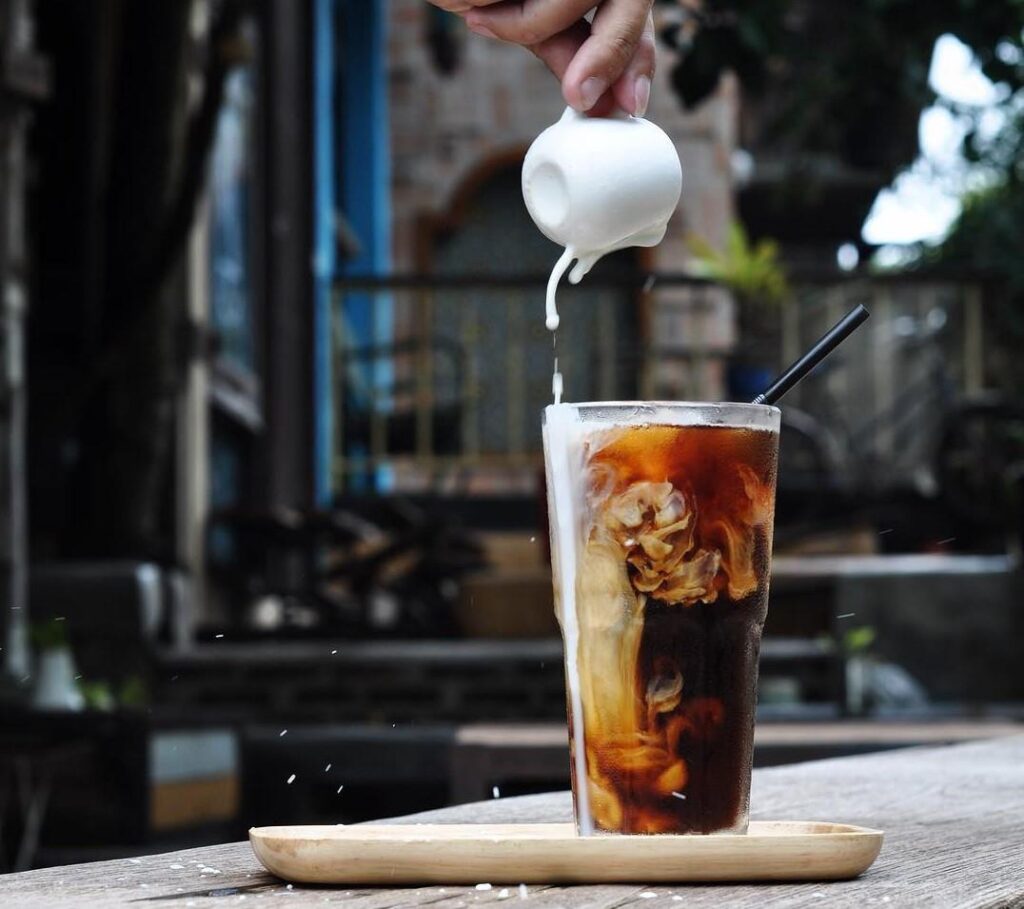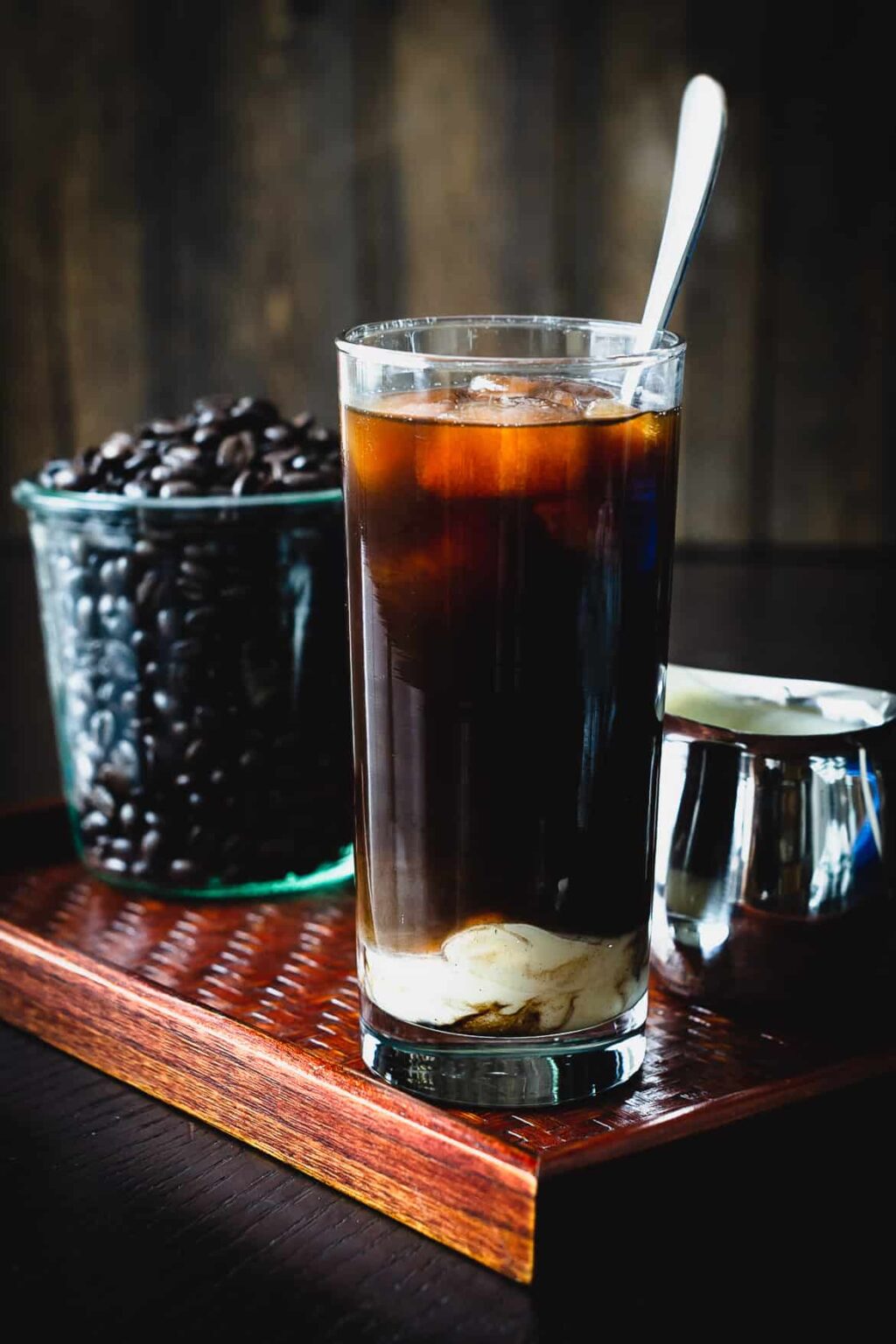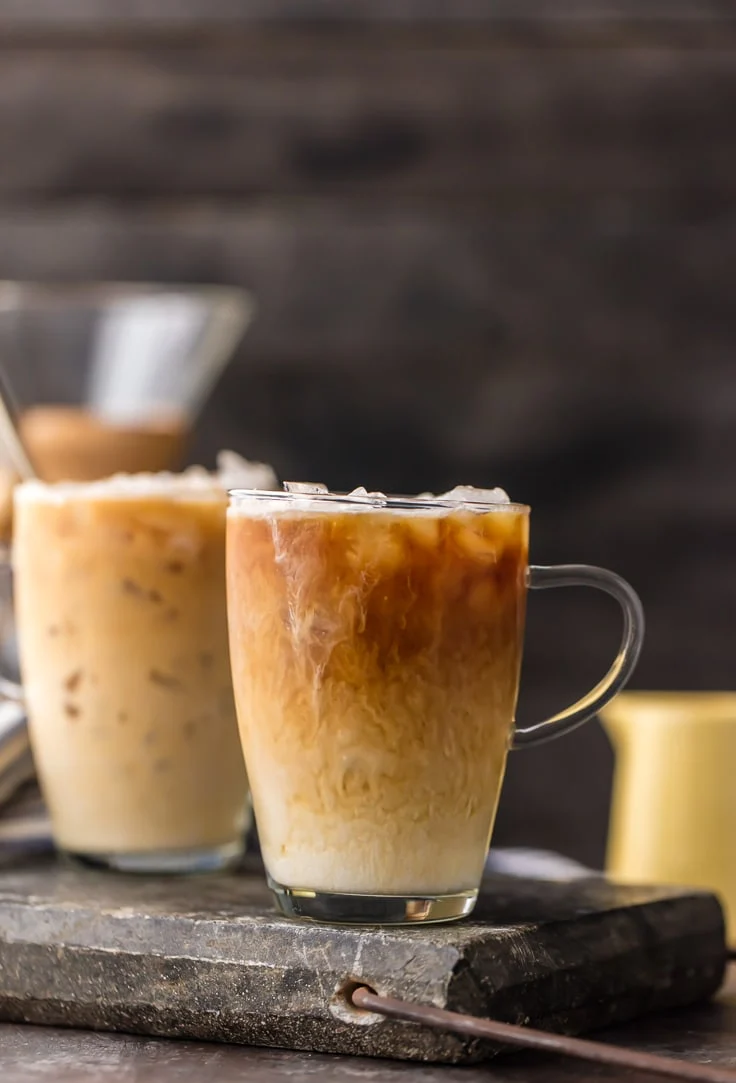Thailand will undoubtedly be at the top of your bucket list if you are a true coffee connoisseur. As one of the top coffee destinations globally, this country’s history and culture are inextricably linked to that of the cherished beverage. The country was not well-known in the world of coffee in the 1970s. People began to appreciate Thai coffee and its rich, distinct flavor throughout time. It is now one of the world’s leading coffee exporters, with fans flocking to Thailand on a regular basis to sample the country’s delectable concoctions.
Maybe you’re a seasoned coffee connoisseur, but you’re unfamiliar with Thai coffee. Don’t worry; we’ve got everything you need to know.

Source: hiasia.xyz
Thai Coffee’s Flavor
Thai coffee is typically served with sweetened condensed milk and is roasted dark. Thai coffee has a lot in common with Vietnamese coffee. However, as the quality of the roast has grown, so has the roast character and flavor. Because Thai beans are predominantly robusta, the traditional coffee style is black. Robusta is easier to grow than arabica, although it lacks the complexities of the latter.
It produces a dark roast with intense bitter aromas and has more caffeine than arabica. With sweetened condensed milk, the bitterness is well balanced. The coffee’s bitterness is masked by the milk, and the coffee gives a more complex flavor to balance out the sweetness.
Arabica beans are not like other beans. The best beans can be roasted light or medium and have wonderfully delicious flavor profiles with complex flavor profiles. Because they lack extreme bitterness, they require less milk and sugar, making them ideal for filter coffee and espresso. You can buy Thai coffee from Coffee Roasters Thailand.
Types of Coffee in Thailand
Because most of the beans available in Thailand are of the Robusta kind, traditional Thai coffee is black in color. To balance out the sharpness of the coffee, it’s provided dark, sweet, and condensed milk. Thai coffee is very similar to Vietnamese coffee. These beans can be purchased from a number of sources, the most well-known of which is Trung Nguyen, an internet shop that sells both beans and powdered coffee.
The government is now removing opium-growing lands and investing in Arabica coffee, which is changing the trend. Despite the fact that Catimor is the most popular arabica in Thailand right now, consumers are increasingly investing in coffee quality, which is evident in today’s coffee shops. Arabica coffee is becoming more popular in Thailand since it is less expensive to produce and has an equally bitter and sweet flavor, as well as a hypnotic aroma.

Source: kitchenconfidante.com
Thais And Their Relationship With Coffee
Thailand’s coffee culture is fascinating because it is a big producer as well. Because roasting coffee is such a costly process, many individuals who produce it do not drink it. Thailand is known for robusta beans, which are lesser in quality than Arabica beans. As a result, a large portion of Thai coffee is used to make blends and instant coffee. As a result, more Arabica beans are being planted and harvested. In any case, coffee production is a long-standing tradition in several Asian countries, including Thailand.
The fact that the Thai people enjoy this drink as much as we do is exciting! In the twentieth century, coffee shops were popular as gathering places to trade news and discuss politics. Because televisions and other forms of communication were few in Thailand, the news was spread by word of mouth until the country gained access to the Internet. Because of the cultural appeal of these hangouts, people have developed a taste for coffee! That hasn’t changed. Coffee drinkers in Thailand consume it all day, every day, whether they order it from a cart or from a café. As a result, coffee consumption in the country resembles that of the West. The biggest changes are in the roasting and brewing methods!
Since its introduction to Thailand in the early 1900s, coffee has been a popular beverage among the Thai people. There are now many local coffee shops in Thailand, as well as a distinctive coffee drink that locals adore. Street sellers and eateries sell the delectable Thai iced coffee. If you see it on a Thai restaurant’s menu, you should try it.
Brewing Methods in Thailand
Kafae Boran (or old coffee) is a fascinating, one-of-a-kind roasting and brewing method that originated in Thailand during WWII. This approach entailed dark roasting robusta beans with grains, spice, and sweets to solve the problem of scarcity. Even soybeans were utilized in the roasting process on occasion! After that, the coffee is steeped in hot water with a cotton filter, similar to how tea is prepared. Finally, to taste, sweetened or condensed milk is usually added. For quite a long time, Kafae Boran was the predominant technique for espresso simmering and preparing in Thailand, yet it was in the end outperformed by instant espresso.
Starbucks first opened its doors in the country near the turn of the century. As a result, additional types of culture have been available. Kafae Boran, despite this, continues to be popular.
Oliang is a popular brew method in Thailand. The phrase literally means “black cold,” which in this case means iced coffee! Typically, the Kafae Boran brew method is employed, with the addition of ice throughout the brewing process. After that, you can add condensed or fresh milk. Both are commonly combined in Thai restaurants to make the sweet “Thai Iced Coffee” that you may be familiar with. Instead of serving it in a cup, many street vendors serve it in a bag with a straw!

Source: thecookierookie.com
Conclusion
As you can read, coffee is more than just a caffeinated beverage; it has evolved into a family staple. It is liked by Thais and exported to other countries. We hope you learnt a little bit about the history of Thai coffee and now have a better understanding of where your coffee originates from and what makes it so great.
